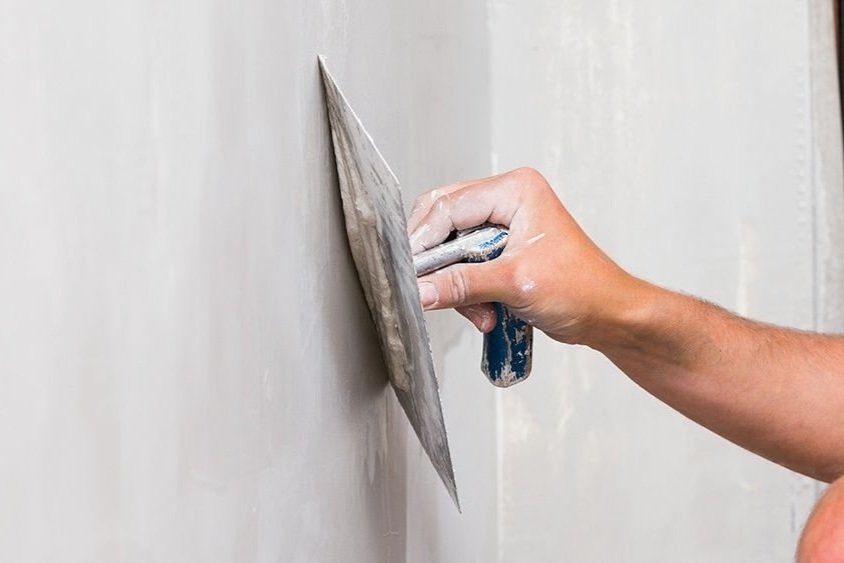
How Is Plaster Made?
Interior plasters are plasters made to make the interior surfaces of the building walls smooth and to obtain an aesthetic appearance. They are made in two layers as rough plaster and fine plaster. Although it may seem easy to prepare plaster, it is of great importance to mix plaster materials in the right proportion. So how is plaster made? If you are considering plastering yourself in the living room or other living areas in your home, you can benefit from this guide we have prepared. Let us remind you of a detail that should not be overlooked; this process is not easy, it requires both time and effort. Before embarking on a big business, it is necessary to make small trials. We also strongly recommend that you read our article 'The most common mistakes in DIY apps and how to deal with them' before you get started.
How to plaster?
Plaster is the first application in the transition to finishing works after the completion of the rough state of the constructions. It is a mixture prepared with water, cement and sand. Professional painters apply plaster to walls and the entire surface before painting. The mixture, which is prepared with lime instead of cement, has a soft consistency in general and is easy to apply. It is not applied to the exterior surfaces of the bathroom and the building. The purpose of the plaster is to protect the structure, to prevent the passage of water or moisture, and to fix the uneven production surfaces, therefore, extreme care must be taken with the plaster. The plaster is usually applied in two layers, coarse and fine.
Types of plaster – How is plaster made?
So how is plaster made? There are three types of plaster commonly used as plaster plaster:
Perlite Plaster Plasters (rough plaster 5 – 40 mm): Perlite plaster and mortars and building plasters are building materials containing various additives and used in the fabrication of building parts obtained by grinding and firing gypsum. It is a ready-made plaster plaster that can be applied on brick, briquette, gas concrete and similar surfaces, with extended set and processing times, and increased heat and sound insulation properties. Perlite plaster plaster; It is applied as the first coat on rough and porous ceiling and wall surfaces, including in-situ concrete poured on all kinds of masonry surfaces. It is made in the thickness of 5 – 40 mm vertically and 5 – 20 mm horizontally. It creates an ideal primer for the top coat satin application.
Satin Plaster Plasters (fine plaster 0.3 – 1 mm): How is satin plaster made? / It is a finishing plaster mix for interiors. Satin finishing plaster; It is a surface correction plaster applied to plasterboard, rough plaster, gypsum plastered walls, exposed concrete surfaces and dirty painted surfaces. It is the ideal construction material to bring the wall and ceiling surfaces to their final shape, to prepare the floor suitable for all kinds of paints and wallpaper. It is made with a thickness of 0.3 – 1 mm horizontally and vertically.



